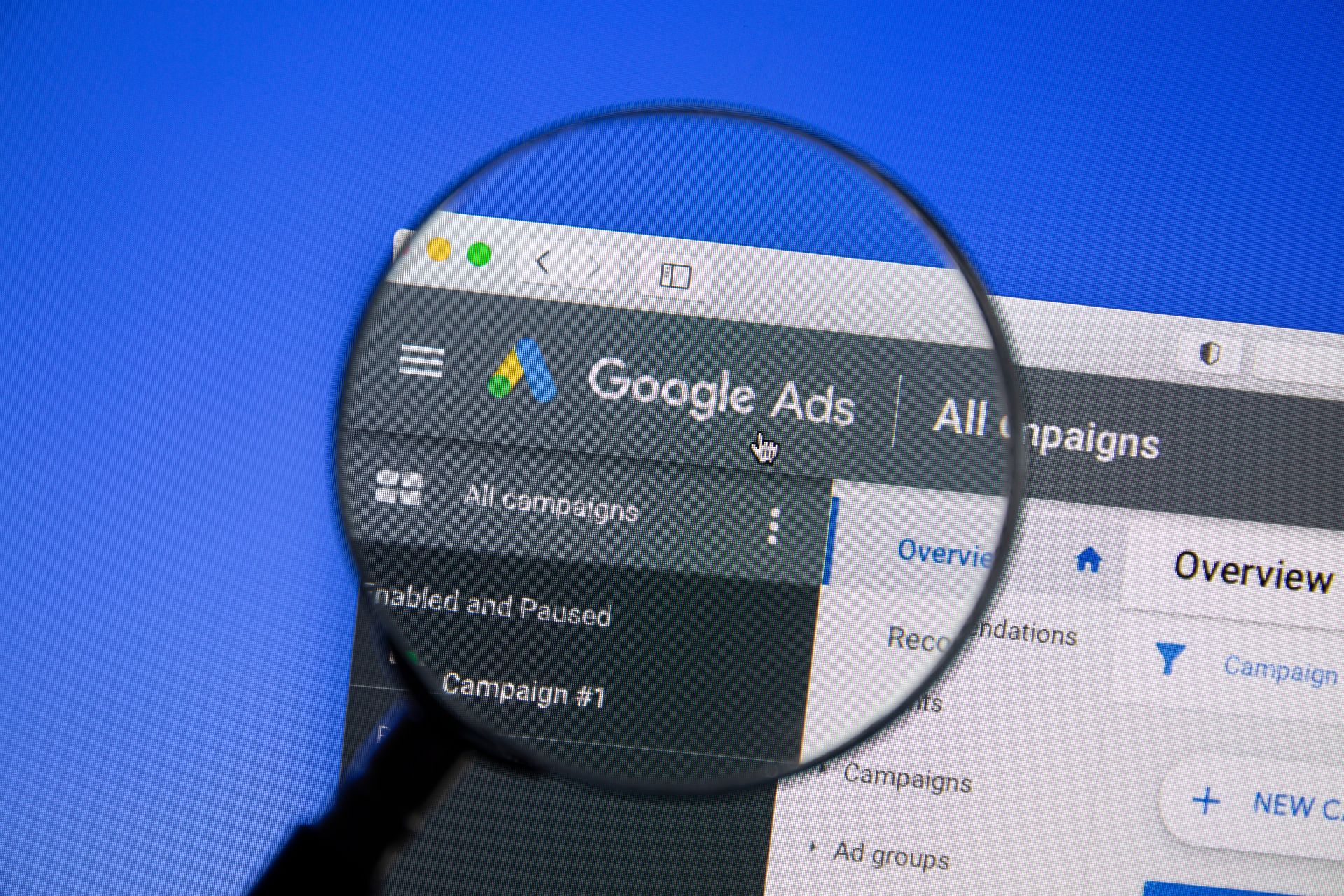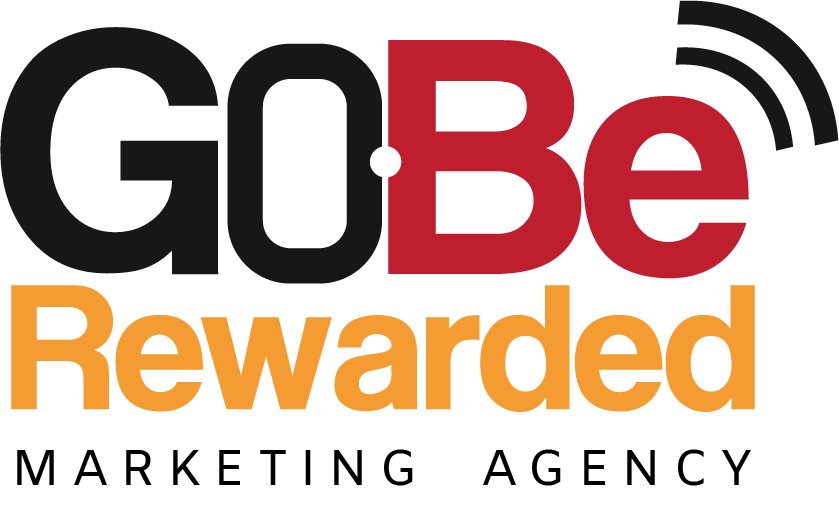25 Innovative Digital Marketing Ideas for Local Contractors to Reach New Customers and Stand Out in a Crowded Market.
From Collaborating with Local Influencers to Utilizing Augmented Reality Technology: A Comprehensive Guide to Cutting-Edge Digital Marketing Strategies for Local Contractors.
25 Cutting-Edge Digital Marketing Ideas for Local Contractors to Expand Reach and Generate Leads
Digital marketing has transformed the way businesses promote themselves, and contractors are no exception. With the help of digital marketing strategies, local contractors can reach new audiences, generate leads, and grow their business. In this blog post, we'll explore 25 cutting-edge digital marketing ideas that local contractors can use to expand their reach and tap into resources that most other businesses overlook. From collaborating with local influencers to utilizing augmented reality technology, we'll cover innovative ways to showcase your work, build trust, and stand out in a crowded market. So, whether you're just starting your contracting business or looking to take it to the next level, read on to discover the digital marketing strategies that can help you succeed in today's competitive landscape.
1. Collaborate with local influencers to promote your services through sponsored posts and videos on social media platforms.
Working with local influencers can be a powerful way to get your message in front of potential customers. Influencers often have large followings and can lend credibility to your brand. By sponsoring their posts or videos, you can reach a new audience and get your message in front of people who may not have otherwise discovered your business. Just be sure to choose influencers who align with your brand and messaging.
2. Use geofencing and location-based targeting to reach potential customers in specific neighborhoods.
Geofencing is a technology that allows you to set up a virtual "fence" around a specific area. When someone enters that area with their mobile device, you can deliver targeted ads to them. This is an effective way to reach potential customers who are in the market for your services but may not have heard of your business. You can also use location-based targeting to show ads to people who live in specific neighborhoods or zip codes, further refining your targeting and increasing the likelihood of conversions.
3. Offer virtual consultations or assessments through video conferencing tools like Zoom or Google Meet.
With the rise of remote work and virtual meetings, virtual consultations and assessments have become increasingly popular. By offering this service, you can reach customers who may not be able to meet with you in person, whether due to scheduling conflicts or distance. This is also a great way to build trust and establish authority with potential customers by showing them your expertise and answering their questions directly.
4. Utilize augmented reality technology to show potential customers what their home or project could look like with your services.
Augmented reality (AR) technology can help potential customers visualize what their home or project could look like with your services. By using AR, you can overlay digital images onto real-world environments, giving customers a sense of what the finished product will look like. This can be a powerful selling tool and can help potential customers make informed decisions about whether to hire your business.
5. Create a YouTube channel where you share tutorials, tips, and project showcases to establish authority and trust.
Creating a YouTube channel can help establish your authority and expertise in your field. By sharing tutorials, tips, and project showcases, you can provide value to potential customers and build trust. YouTube is the second largest search engine after Google, so having a presence on the platform can also increase your visibility and help you reach new audiences.
6. Use Facebook and Instagram ads to target people who have recently moved to your area.
Targeting people who have recently moved to your area can be a great way to reach new customers who may not be familiar with local businesses. By using Facebook and Instagram ads, you can target people based on their location and behavior, such as recent moves. You can also use ads to promote your business as a one-stop-shop for all their contracting needs.
7. Offer a referral program to incentivize current customers to refer their friends and family.
Word-of-mouth referrals are a powerful way to grow your business. By offering a referral program, you can incentivize current customers to refer their friends and family to your business. This can be done through discounts, free services, or other incentives. Referral programs can help you generate new business and increase customer loyalty.
8. Partner with local home builders or real estate agents to offer joint promotions and cross-promote services.
Partnering with local home builders or real estate agents can be a great way to reach new customers and increase your visibility. By offering joint promotions or cross-promoting each other's services, you can tap into each other's customer bases and build a mutually beneficial relationship.
9. Leverage the power of Google My Business to optimize your listing for local search.
Google My Business is a free tool that allows businesses to manage their online presence across Google, including in search results and on Google Maps. By optimizing your listing for local search, you can increase your visibility to potential customers who are searching for contracting services in your area. This can include adding photos, updating your business hours, and responding to customer reviews.
10. Use chatbots on your website to engage potential customers and answer their questions.
Chatbots are a type of artificial intelligence that can be programmed to answer customer questions and provide support on your website. By using chatbots, you can engage potential customers in real-time, providing them with the information they need to make an informed decision about your services. Chatbots can also help you save time and resources by automating routine customer service tasks.
11. Create interactive quizzes or assessments to engage potential customers and provide personalized recommendations.
Interactive quizzes or assessments can be a fun and engaging way to provide value to potential customers while also collecting valuable data. By creating a quiz or assessment that asks questions about their home or project, you can provide personalized recommendations based on their specific needs. This can help build trust and establish your authority as a contractor.
12. Host webinars or virtual events to educate potential customers about your services and build trust.
Hosting webinars or virtual events can be a great way to educate potential customers about your services while also building trust. By providing valuable information and answering their questions, you can establish your expertise and authority in your field. You can also use webinars and virtual events to showcase your work and provide inspiration for potential customers.
13. Use retargeting ads to reach people who have visited your website but didn't convert.
Retargeting ads are a type of online advertising that allows you to target people who have previously visited your website but didn't convert into a customer. By showing them targeted ads based on their behavior on your website, you can remind them of your services and encourage them to come back and convert.
14. Create and share informative and visually appealing infographics on social media platforms to showcase your expertise.
Infographics are a powerful tool for showcasing your expertise and providing value to potential customers. By creating visually appealing graphics that present information in a clear and concise way, you can educate potential customers about your services and establish your authority. Infographics can also be easily shared on social media platforms, increasing your visibility and reach.
15. Use voice search optimization to optimize your website for voice search queries.
Voice search is becoming increasingly popular, especially with the rise of smart speakers like Amazon Echo and Google Home. By optimizing your website for voice search queries, you can increase your visibility to potential customers who are searching for contracting services using voice commands. This can include using natural language and long-tail keywords in your content.
16. Create a podcast or video series where you interview satisfied customers and share success stories.
Creating a podcast or video series where you interview satisfied customers and share success stories can be a powerful way to build trust and social proof. By sharing real-life examples of your work and how it has helped your customers, you can demonstrate the value of your services and showcase your expertise. This can help potential customers feel more confident in choosing your business over competitors.
17. Utilize customer reviews and testimonials on your website and social media channels to build trust and social proof.
Customer reviews and testimonials are a powerful tool for building trust and social proof. By showcasing positive reviews and testimonials on your website and social media channels, you can demonstrate the value of your services and establish your authority in your field. This can help potential customers feel more confident in choosing your business over competitors.
18. Offer a free tool or resource on your website that potential customers can use to make informed decisions.
Offering a free tool or resource on your website can be a great way to provide value to potential customers and build trust. This could include a cost estimator tool, a project planning template, or a guide to choosing the right contractor for their needs. By providing this information for free, you can demonstrate your expertise and establish yourself as a trusted resource for potential customers.
19. Use LinkedIn to reach out to local business owners who may need your services.
LinkedIn is a powerful tool for reaching out to local business owners who may need your services. By using LinkedIn's search features, you can find and connect with business owners in your area who may be in need of contracting services. You can also join local business groups and participate in discussions to increase your visibility and establish yourself as an authority in your field.
20. Offer virtual reality or 360-degree tours of your completed projects to give potential customers a sense of what you can do.
Virtual reality and 360-degree tours can be a powerful way to showcase your completed projects and give potential customers a sense of what you can do. By creating immersive experiences that allow potential customers to explore your work, you can provide a level of detail and engagement that traditional photos and videos can't match. This can help build trust and establish your authority as a contractor.
21. Utilize Instagram and Pinterest to showcase your work and provide inspiration for potential customers.
Instagram and Pinterest are visual platforms that are ideal for showcasing your work and providing inspiration for potential customers. By posting high-quality photos and videos of your completed projects, you can demonstrate your expertise and inspire potential customers to hire your business for their own projects. You can also use these platforms to share behind-the-scenes glimpses of your work and to engage with potential customers.
22. Create a Facebook group where potential customers can ask questions and engage with your brand.
Creating a Facebook group can be a powerful way to build a community around your brand and engage with potential customers. By creating a space where people can ask questions, share their experiences, and connect with others who are interested in your services, you can build trust and establish your authority as a contractor. You can also use the group to promote your services and share valuable information with members.
23. Use email marketing to nurture leads and keep current customers engaged with your business.
Email marketing is a powerful tool for nurturing leads and keeping current customers engaged with your business. By sending regular newsletters and promotions to your email list, you can stay top of mind with potential and current customers, and provide them with valuable information and resources. You can also use email marketing to personalize your messaging and segment your list based on specific interests or behaviors.
24. Use Google Ads to target specific keywords related to your services and location.
Google Ads is a powerful tool for targeting specific keywords related to your services and location. By using relevant keywords in your ads, you can increase your visibility to potential customers who are searching for contracting services in your area. You can also use location-based targeting to show ads to people who are within a certain radius of your business.
25. Use SMS marketing to send targeted messages and promotions to potential customers.
SMS marketing is a powerful tool for sending targeted messages and promotions to potential customers. By collecting phone numbers and permission to send text messages, you can reach potential customers directly and provide them with valuable information and promotions. Just be sure to use SMS marketing sparingly and always provide an easy way to opt-out of messages.
In conclusion, digital marketing offers local contractors a wealth of opportunities to reach new customers, build trust, and grow their business. By implementing the innovative strategies outlined in this post, contractors can showcase their work, engage with potential customers, and establish themselves as authorities in their field. From leveraging the power of social media and influencer marketing to utilizing emerging technologies like augmented reality and virtual reality, the possibilities are endless. So, don't be afraid to try new things and experiment with different approaches. With the right digital marketing strategies, local contractors can succeed in today's competitive market and take their business to new heights.



All Rights Reserved | GoBeRewarded, Inc.


